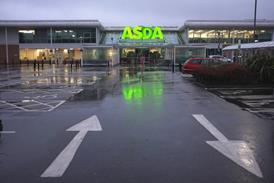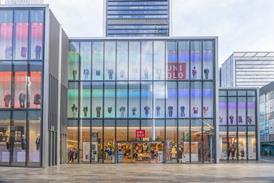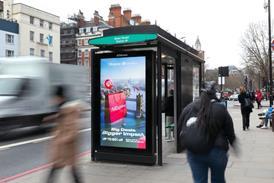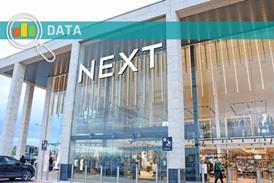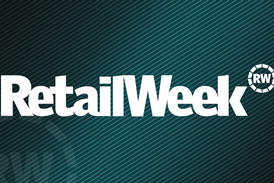THE PATH TO PURCHASE
Key trends defining the consumer shopping journey
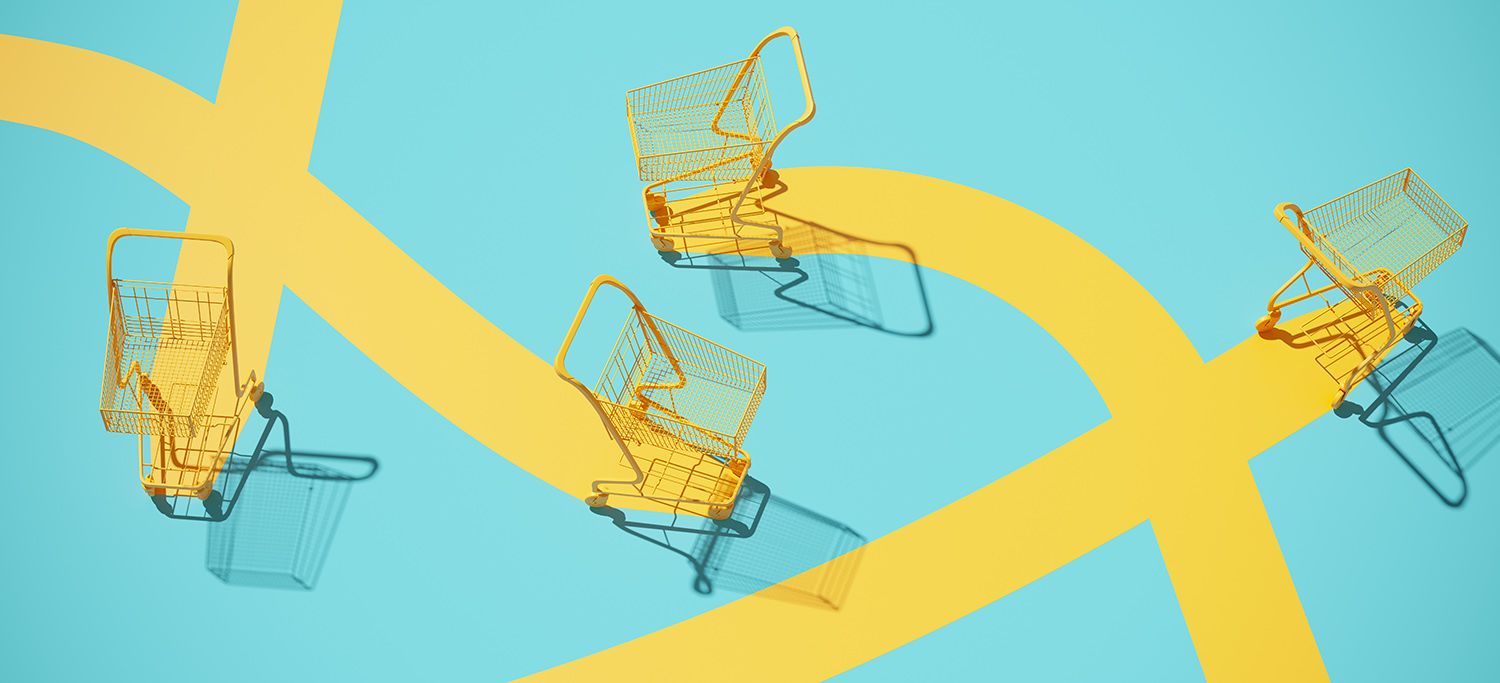
A shifting landscape
Retailers are facing a multitude of challenges, from high inflation and reduced consumer spending to geopolitical unrest and supply chain interruption. What's more, they're also grappling with the rapidly evolving consumer online shopping journey, as technology disrupts and drives change at an increasing pace.
As a result, retailers must work smartly, meeting changing consumer needs to deliver a standout CX at every touchpoint. This demands a granular understanding of customers’ purchase behaviour as well as making sure they are ready to serve them in the channels they browse and buy across.
Lisa Byfield-Green, Retail Week data and insights director, says: “A joined-up approach is required by retailers as shoppers expect to be able to switch, often frequently, between channels and devices.”
This deep dive is the first in a series of six articles collectively entitled Consumer 2025 – from acquisition to advocacy. This content campaign is brought to you in partnership with Bloomreach, which, powered by AI, personalises the ecommerce experience, unifying real-time customer and product data across channels so businesses understand what customers really want.
In this first deep dive, we look at the key trends defining today’s consumer shopping journey.
- The impact of mobile
- How websites are evolving
- The leading role of social media
- Re-evaluating the channel mix
- Loyalty in a crowded marketplace
1. The impact of mobile
The shift to online shopping is far from new but it is a trend that continues, with mobile playing a growing role. Byfield-Green says: “Consumers are increasingly using mobile devices from discovery to purchase, which means the customer experience on mobile apps and mobile-optimised websites has never been more critical.”
Zara is a good example, with its mobile app including the latest drops, Sales and push notifications for new arrivals, as well as offering a store mode, which shows products and sizes available at the shopper’s local store.
Retailers are investing in mobile apps to enhance speed and utility. Tesco exemplifies this, having consolidated its disparate apps into a single, more personalised app for shoppers, whether they are in-store or online, in March 2023. Both Zara and Tesco also show how mobile apps increasingly play a role in connecting online and offline, combining to achieve a seamless omnichannel experience.

Tesco consolidated its apps into one easier-to-use platform
Tesco consolidated its apps into one easier-to-use platform
2.How websites are evolving
With mobile and social media playing a greater role in every step of the purchase journey, the role of the website is evolving. Brands are increasingly adopting AI to drive personalisation of content and recommendations.
Ikea says its website is evolving to replicate the inspiration and expertise evident in its stores.
“The advantage for us is that we can show more solutions, more room sets, provide more inspiration for our customers on a larger scale,” says Ikea integrated media manager Tania Douglas. “We refresh the website every month with new content around room ideas and we're moving to a more personalised experience online, from a one-size-fits-all approach to having that width and breadth of content to meet the needs of different stages of customers’ journeys.”
Byfield-Green adds: “In general, websites are becoming more interactive, helpful and engaging with the addition of recommendations, personalisation and virtual try-on. I particularly like the virtual try-on that John Lewis offers for its fashion rentals and would love to see this feature across the rest of its fashion category.”
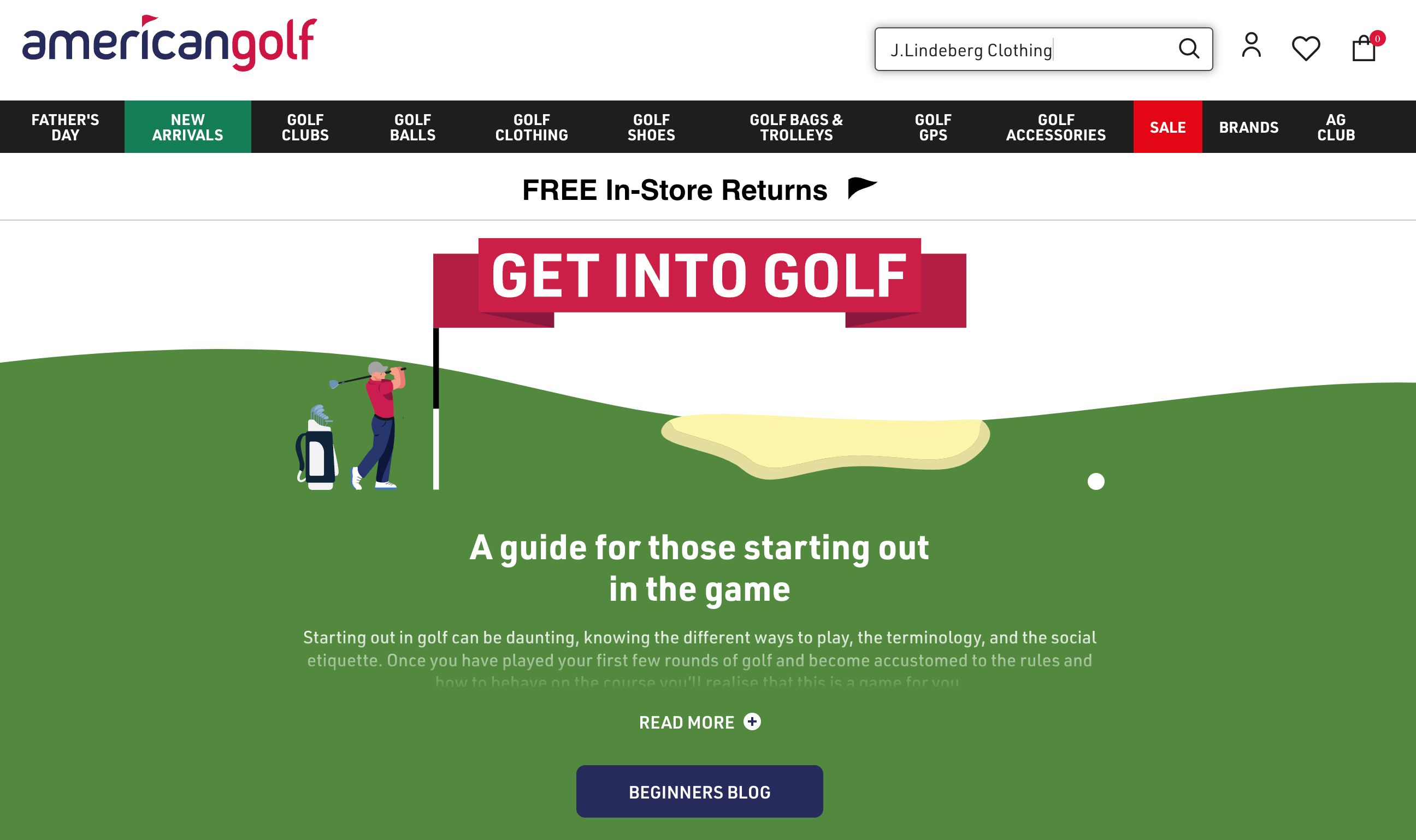
American Golf’s website reinforces its expertise
American Golf is using its website to help position it as a specialist retailer and build community. “In response to the growing number of visitors and shoppers online, we have evolved our content: from product descriptions, the blog, store services and video, to showcase our brand’s DNA and help educate and inspire customers,” says Scott Taylor, marketing and CRM director at American Golf.
The retailer recently launched a ‘New to Golf’ guide that simplifies game terminology, explains key products and dispels myths about the sport.
3. The leading role of social media
As websites become more inspirational, social media is enabling retailers to connect with consumers more directly. Ian Mackey, head of growth at menswear retailer Percival, says the brand has started to treat TikTok like a search engine, as well as a space to be fun and creative.
“TikTok was able to do what Pinterest tried numerous times, which was create a visual search engine with video content,” he says.
Percival’s popular content includes ‘how to wear’ style videos, with its ‘how to style the knitted polo’ video being especially popular. Mackey says men are starting to use the platform for search and “adapting our SEO strategy for social has been a big success”.
Social media is also influencing retailers’ wider strategies. Skincare brand ELEMIS has invested in a social affiliate programme, Skinsiders, to engage its most socially active customers and incentivise them to create and share content on its behalf. Customers gain exclusive offers, content, products and event invites in return.
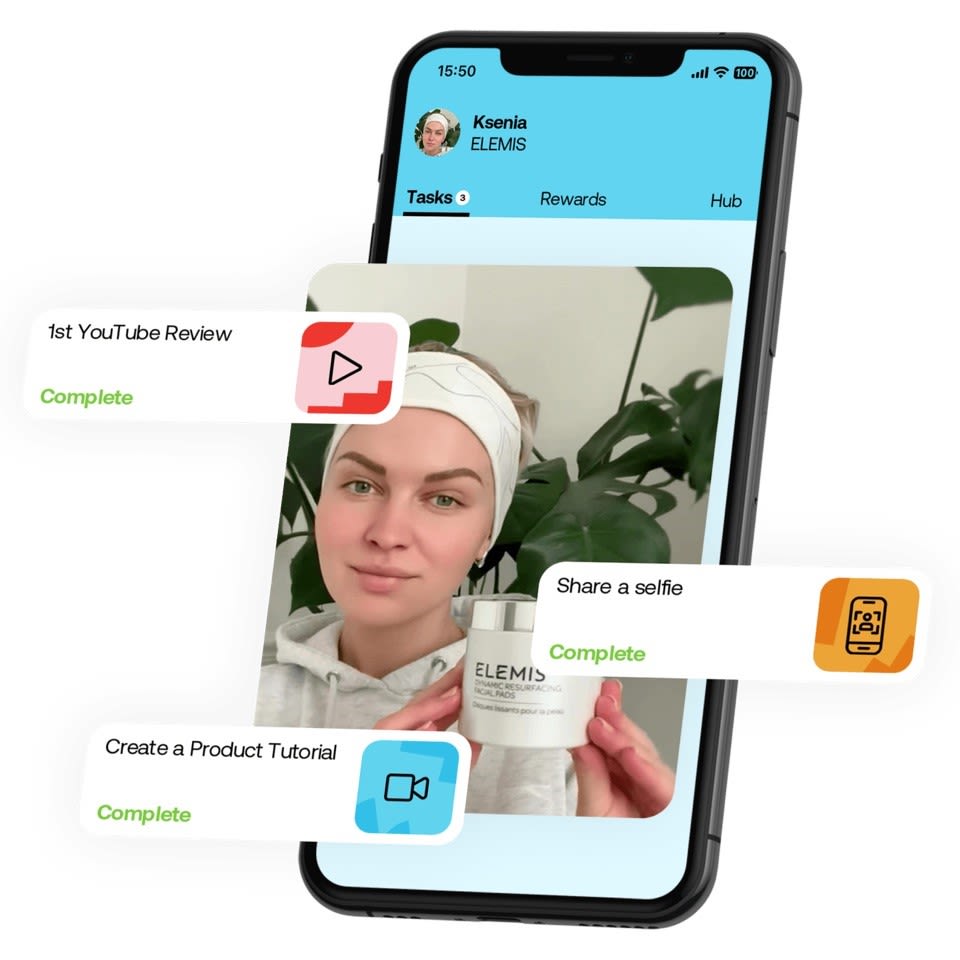
ELEMIS encourages its most active customers on social media to create and share content
ELEMIS encourages its most active customers on social media to create and share content
Hannah Sheahan, ELEMIS head of social, says the initiative has raised brand awareness as well as boosting sales. “We have been blown away by the conversion rates of our social affiliates programme. Our army of nano- and micro-influencers convert at a higher rate than our macro partners,” she says.
How social media is impacting the shopper journey
Byfield-Green says: “Social media has become a key platform for product discovery, with Instagram and TikTok in particular inspiring and influencing shoppers. We are seeing retailers invest more heavily in these platforms and less in traditional media channels (TV, radio, print) and particularly to appeal to a younger audience.
“Brands such as Sephora, Shein and Asos are leading in integrating social commerce and AR technologies to enhance the shopping experience. Shoppable content is changing the landscape, making it incredibly easy for customers to purchase without leaving the social media site.
“We have also seen a growing number of fashion retailers livestreaming their new collections to engage with fans and new audiences – John Lewis, Hush and M&S are among the retailers that regularly host live online events for shoppers, sometimes bringing in celebrity ambassadors to increase appeal.”
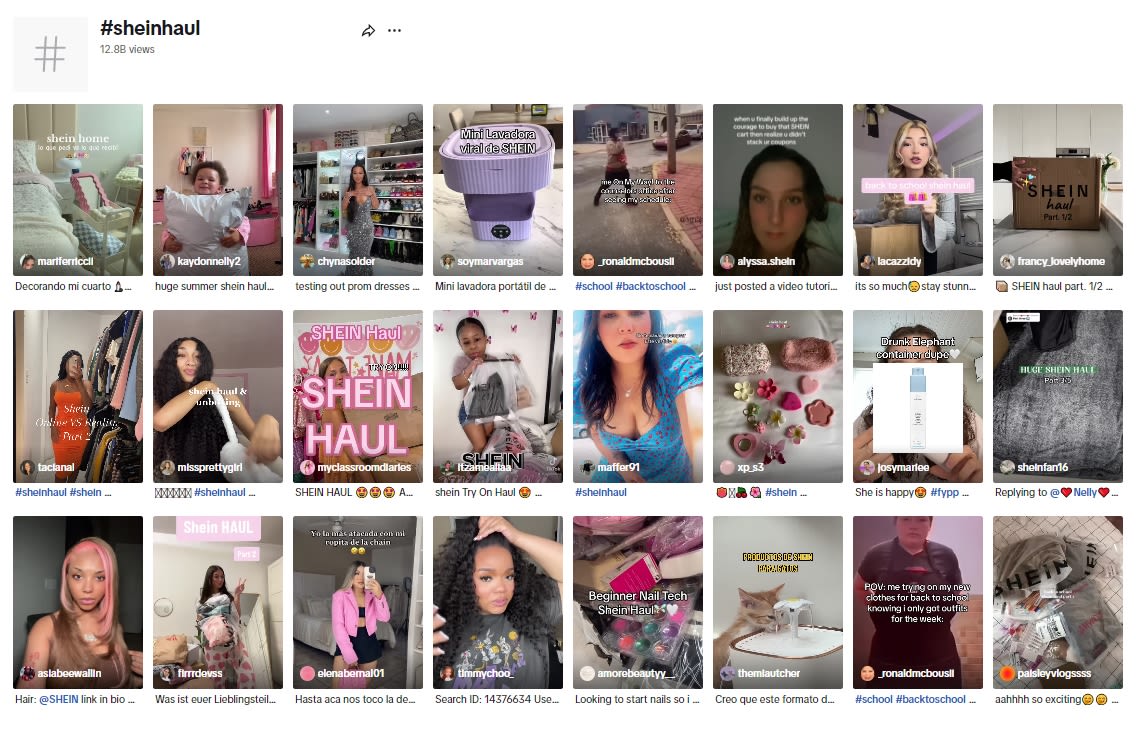
Shein is one of the leading retailers in creating shoppable content
Shein is one of the leading retailers in creating shoppable content
4. Re-evaluating the channel mix
As consumer behaviour shifts, brands have to re-evaluate which channels they invest in and how they spend.
The power of social media is one area prompting retailers to step up their investment. American Golf is a case in point, with the retailer recently expanding its social media team and budget in recognition of the opportunity for brand discovery and community building.
“This includes partnerships with key influencers such as an ambassadorship with professional player Andrew ‘Beef’ Johnston, and content creation with the likes of James Need and Dr Golf,” says Taylor.
Influencers are an important channel for retailers. According to The 2024 Influencer Marketing Report by Sprout Social, 49% of all consumers make daily, weekly or monthly purchases because of influencer posts, with 30% trusting influencers more than they did six months before.
It is an area Volvo has stepped up, growing its portfolio of influencers in recent years. Ben Roth, consumer director at Volvo Car UK, says the company is careful to only work with people who represent the brand authentically.
He cites Alice Liveing, Richie Norton and Harrison Ward as examples of collaborators who showcase their lifestyles with Volvo’s product in the background. “It’s not aggressive, loud marketing. It’s far more discreet and honest, with a nod to what the brand represents rather than what the product can deliver,” he says.

Billie handles simple inquiries around product information and recommendations
Billie handles simple inquiries around product information and recommendations
IKEA’s remote response to changing needs
An increasingly popular channel for Ikea is its remote touchpoint. Launched in 2021, it combines a 24/7 AI-powered chatbot called Billie with a team of remote co-workers. Billie handles simple inquiries around product information and offer recommendations, for example. Meanwhile, co-workers add value and inspire, such as offering interior design help, fulfilling digital retail sales and handling complex customer queries.
“We have a team of specialists who are available either by phone, online chat or video call, and they can assist customers with their purchase,” says Michaela Quinlan, UK country commercial manager. “If customers can’t get into a store and don't want to go online, but want our expertise and recommendations, then it's a great way to be able to speak to someone who has years’ of product experience.”
“We're responding to customer needs,” she adds. “It's a way for us to give much more relevant and targeted content to people, and customers love it.”
How Benefit took an omnichannel approach to win customers
Benefit Cosmetics has achieved success with an omnichannel approach to its marketing. The UK’s number-one prestige blush brand* decided to discontinue its existing blush products and launch a new range – requiring a campaign to support the transition.
Benefit used Bloomreach Engagement to deploy the campaign – with email marketing used to move customers forward in their purchase journey from other channels.
The Benefit Cosmetics marketing campaign was split into three sections: pre-launch, launch and post-launch. Each section had different objectives, such as driving launch awareness, recruiting new customers or supporting sell-through.
Benefit heavily segmented its customer audiences, splitting them up into previous buyers, VIPs and customers who opted in for the waitlist in exchange for an exclusive promotional gift with purchase offer and access to the new launch before other customers. Four pre-launch emails were sent to set the scene for the campaign, drive excitement for the new launch and push people to sign up for the waitlist.
Emails sent to those customers delivered a 10.10% average click-through rate overall. Meanwhile, click-through rates on Blush launch emails were 50% higher than the average Benefit campaign this year.
Benefit’s marketers understood customers’ journeys through Bloomreach Engagement and used those insights to execute the campaign. They also reported on the end-to-end success of their launch across channels using the custom reporting and analytics tools within the platform rather than relying on complex business analytics tools or Microsoft Excel.
Benefit Cosmetics CRM coordinator Amy Del Pizzo said: "We are always looking to drive launch awareness, recruit new customers, and support our DTC site through our CRM capabilities and the campaign has definitely been a great success for Benefit."
She added: "We’ve seen all of our blush sales skyrocketing versus what we saw a few months prior."
*Source: The NPD Group. Unit Division Sales of Total Prestige Blush Segment for 2021, January to December. Please email datarequest@benefitcosmetics.com for more details
5. Loyalty in a crowded marketplace
With competitors just a click away, retailers are having to be creative in fostering loyalty in the crowded online space.
Kate Nightingale, a consumer, retail and design psychologist and chief behavioural officer at Humanising Brands, says consistency and care drive loyalty.
“When brands stick to the core of who they are and present it consistently across the whole brand universe while showing real, genuine and empathic care for their customers and employees, which creates deep, emotional loyalty that more easily manifests in behaviour like buying, positive word of mouth and even protecting their loved brand.”
This can be demonstrated online by understanding the customer journey and finding ways to facilitate it in a way that reinforces the brand values.
Enabling consumer choice when it comes to delivery and payment options also contributes to a great customer experience – and encourages return visitors. It is an area prioritised by Ikea.
Quinlan says: “It's about making it easy for customers to make that purchase. We offer different payment methods and make it easy to collect whether that’s going to a store and using free click and collect, for example, or collecting at a Tesco store, or having it delivered to home. We want to make sure it works for everyone.”
As the path to purchase grows more an more fragmented, retailers must keep their fingers on the pulse, monitoring how their audiences are browsing, discovering and buying from brands and what they expect from retailers.
Devices, platforms and technology will continue to advance but a constant remains: delivering consistently exceptional customer experience is critical. Retailers that understand what this looks like at any time will lead the way.
In our next instalment of Consumer 2025, we look at the role of hyper-personalisation as retail's new battleground. Watch out for it later in June.



